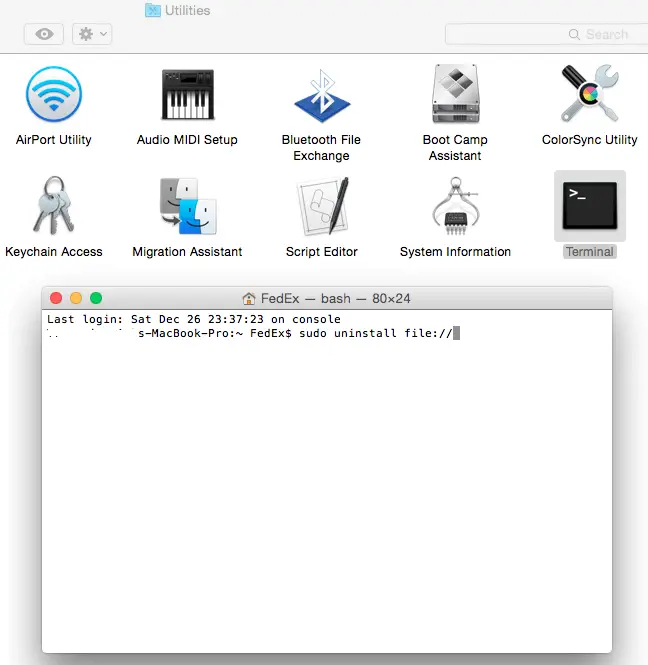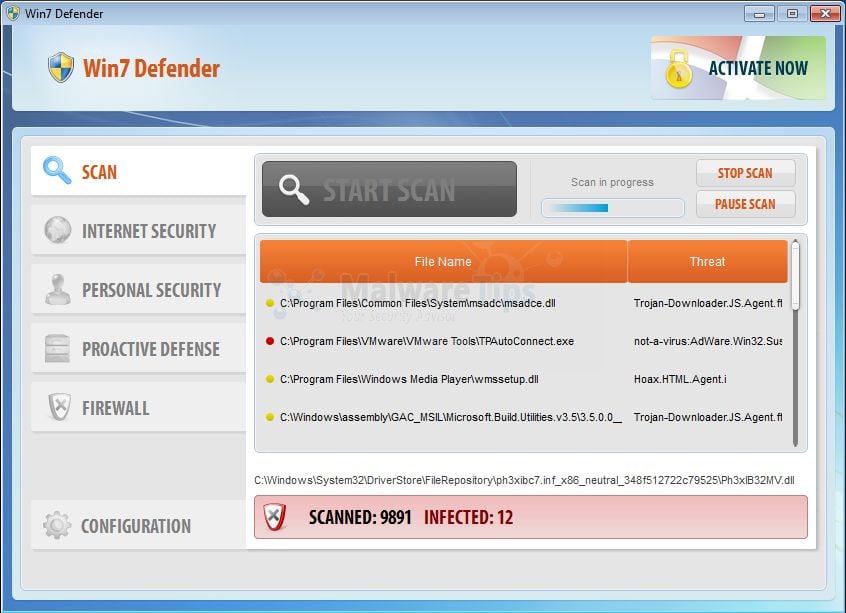

- HOW TO CORRECTLY UNINSTALL A PROGRAM ON MAC HOW TO
- HOW TO CORRECTLY UNINSTALL A PROGRAM ON MAC SOFTWARE
- HOW TO CORRECTLY UNINSTALL A PROGRAM ON MAC CODE
- HOW TO CORRECTLY UNINSTALL A PROGRAM ON MAC PC
HOW TO CORRECTLY UNINSTALL A PROGRAM ON MAC SOFTWARE
So, here are the steps to use PowerShell to uninstall software from your computer: In this part, we will teach you how PowerShell uninstall software. How Do I Uninstall A Program in PowerShell?
HOW TO CORRECTLY UNINSTALL A PROGRAM ON MAC CODE
HOW TO CORRECTLY UNINSTALL A PROGRAM ON MAC PC
Now, the apps that are within your PC will be shown.Now, for Windows PCs, type the command after the colon (without the dot at the end): Get -WmiObject -Class Win32_Product | Select-Object -Property Name.For Windows computers, this will be the Command Prompt Typically, this is the Terminal for Apple computers. Visit an app that will let you run the command.Here are the steps to help you locate the installed programs using PowerShell: Typically, if you want to use a PowerShell uninstall software, you have to locate the apps using the tool first.
HOW TO CORRECTLY UNINSTALL A PROGRAM ON MAC HOW TO
Let’s talk about how to find the programs using the tool. How Do I Find Installed Programs in PowerShell? Now, let’s get on to how PowerShell uninstall software in the next few sections. This is done by using code as a configuration. Its configuration management features will give you the ability to control enterprise infrastructure. It’s also utilized in order to create, test, and even implement solutions. This is used in order to manage systems automatically. The scripting language of PowerShell is also available.

How Do I Uninstall A Program in PowerShell? Part 4. How Do I Find Installed Programs in PowerShell? Part 3. It will help you remove all unwanted apps on your Mac device.Ĭontents: Part 1. As such, this guide will be very easy to follow. We’ll give you a guide on how PowerShell uninstall software. The former doesn’t have an uninstallation platform as Windows does.įortunately, you’re in the right place.

That’s because Mac computers are different from Windows. It is necessary to remove unneeded apps completely. If an application doesn’t work properly, you might want to know how PowerShell uninstall software to help you get the uninstallation job done. In order to automate tasks, you may want to use PowerShell.


 0 kommentar(er)
0 kommentar(er)
